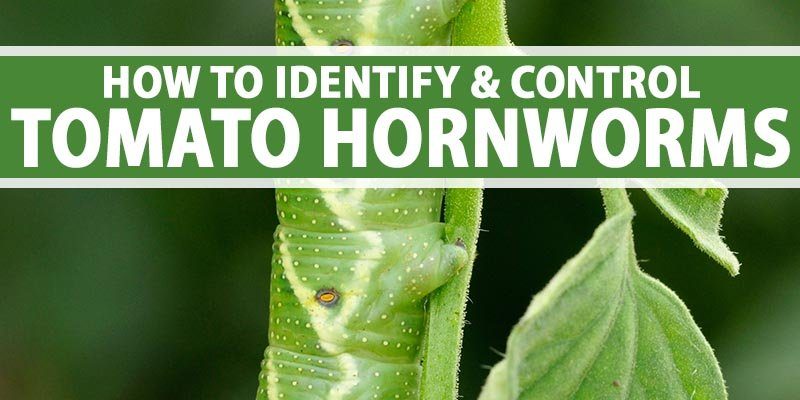
Think of hornworms as sneaky little ninjas. They blend in so perfectly with the plants that you might miss them during the bright light of day. But as the sun sets, some may become more active or easier to spot. Knowing when to look is key to keeping your garden healthy. Let’s dive into why timing matters and how you can outsmart these crafty pests.
Understanding Hornworm Behavior
To get started, it’s important to know what hornworms are up to. These caterpillars are the larvae of hawk moths, often called sphinx moths. They tend to be most active at night or during cooler parts of the day, like early mornings or late afternoons. This is when they venture out to munch on leaves without the sun blazing down.
During the day, hornworms play the camouflage game. They have a way of blending in with the green leaves, making them hard to spot. If you think about it, it’s like playing hide and seek with a friend wearing the same color as the walls. So when you’re looking for these tiny green monsters, keep in mind their sneaky habits.
Best Times of Day to Spot Hornworms
When it comes to spotting hornworms, timing is everything. The dawn and dusk hours are often best. Why is that? Well, during these times, the temperatures are cooler, and hornworms feel safer to come out from their hiding spots. Early morning is perfect because the dew is still on the plants, and it’s a bit shady. This makes them stand out more against the wet leaves.
In the evenings, look for them while the sun is going down. Just as you might enjoy a stroll outside to enjoy the changing hues of sunset, hornworms are more likely munching on leaves. Their green bodies can still be tricky to see, so bring a flashlight. This will help illuminate your path and reveal any hidden caterpillars in the shadows.
Signs Hornworms Leave Behind
Before you even spot a hornworm, your plants might give you clues. If you see large holes in the leaves or frass (a fancy word for caterpillar poop) under the plants, that’s a sure sign of their presence. The frass looks like tiny black pellets and can often be found scattered on the ground beneath infested plants.
Another clue comes from the plant itself. If your tomato or pepper plants are suddenly wilting or looking unhealthy, hornworms could be the culprit. Often, they’ll munch on the plant’s leaves and leave large sections bare. So keep an eye out for these signs as you walk through your garden. They’re like breadcrumbs leading you to the hornworms’ hiding spot.
Using Light to Your Advantage
As I mentioned before, bringing a flashlight or even using a headlamp can elevate your hornworm hunting game. When you’re out there in the early morning or evenings, the light will help you spot the hornworms more effectively. Shine it on the leaves, and you might see those green bodies just munching away.
Additionally, you can use a blacklight. Hornworms are somewhat attracted to ultraviolet light. If you set up a blacklight in your garden in the evening, it could draw them out. It might feel a little like an adventure in the dark, hunting for treasures. Just remember to move slowly, so you don’t miss any sneaky crawlers!
Practical Steps for Successful Hornworm Spotting
Now that you know the best times to look for hornworms, let’s talk about how to conduct your search effectively. Follow these steps to make your hunt successful:
- Choose Your Timing: Early morning or late evening is your best bet.
- Bring a Light: A flashlight or headlamp can dramatically increase your chances.
- Look for Signs: Check for holes in leaves or frass to locate areas of infestation.
- Inspect Closely: Move leaves gently as you search, looking for their green bodies.
These steps make your search more strategic. Remember, the more you get familiar with your garden, the better you’ll become at spotting these hornworms. You’re not just protecting your plants; you’re getting to know the little ecosystem around you better.
Keep Your Garden Healthy
Finding and managing hornworms is essential to keeping your garden thriving. If you find them, you might want to consider handpicking them off your plants. Just make sure to wear gloves, especially if you’re squeamish!
Alternatively, there are natural predators like birds that love to munch on hornworms. Planting flowers that attract these birds can help in keeping hornworm populations in check. Think of it as a natural pest control team working for you.
So, the best time of day to spot hornworms on plants is really about understanding their habits. Early mornings and dusk are prime times when they’re most active. By keeping an eye out for signs of their presence and using your flashlight wisely, you’ll become a hornworm hunting pro.
With a little practice and patience, you’ll protect your garden from these munching pests. It’s all about timing and observation—so get out there and start your search! Happy gardening!

